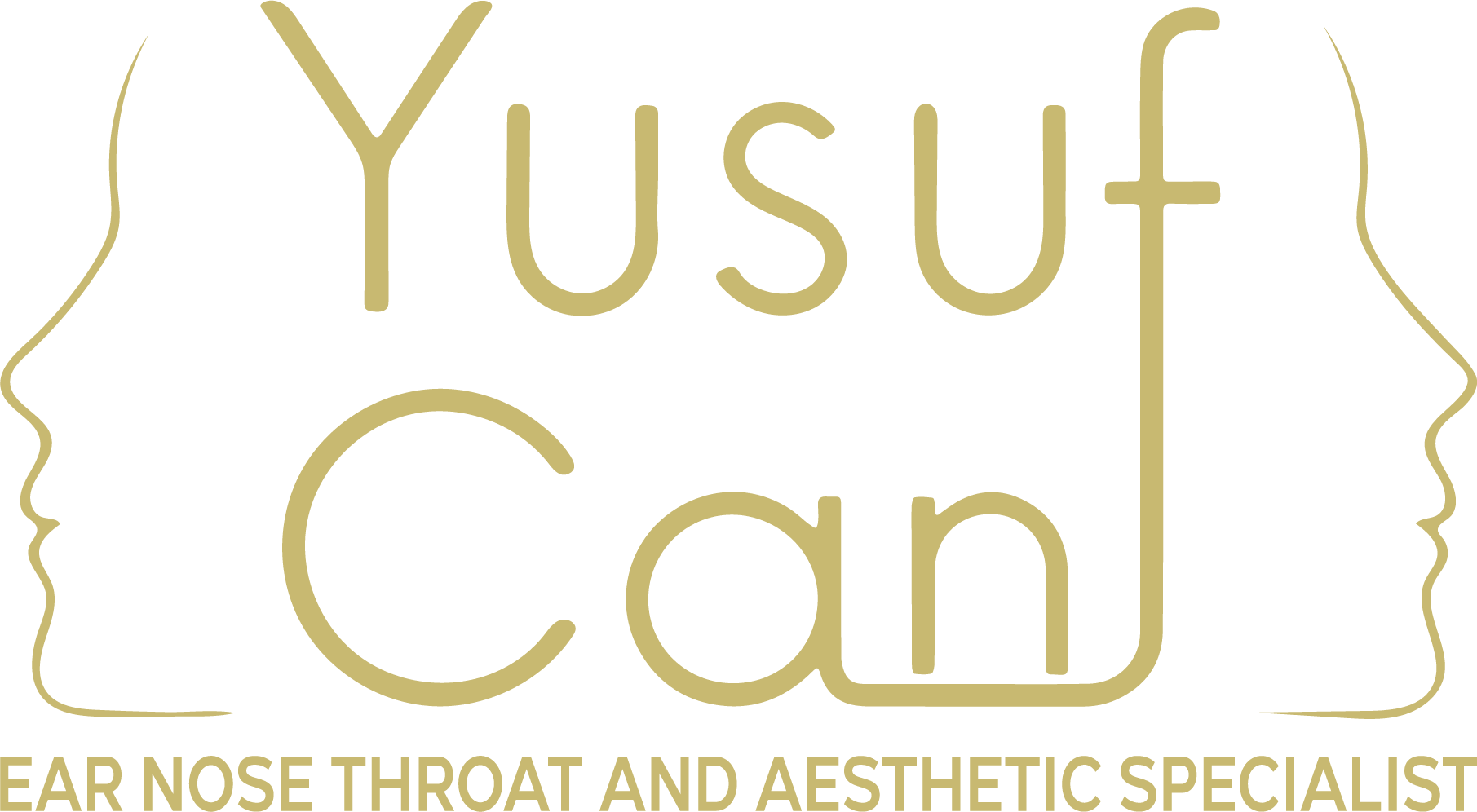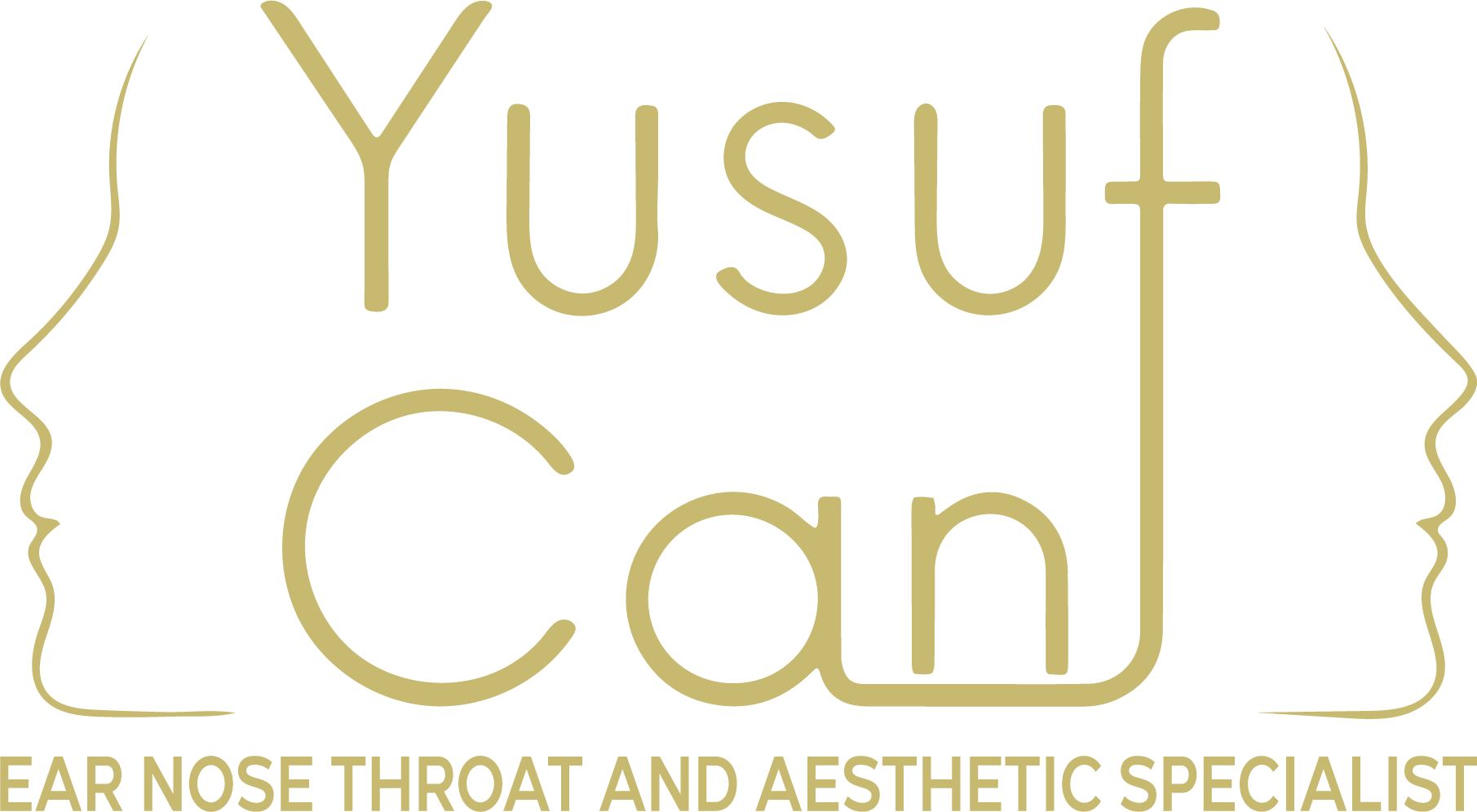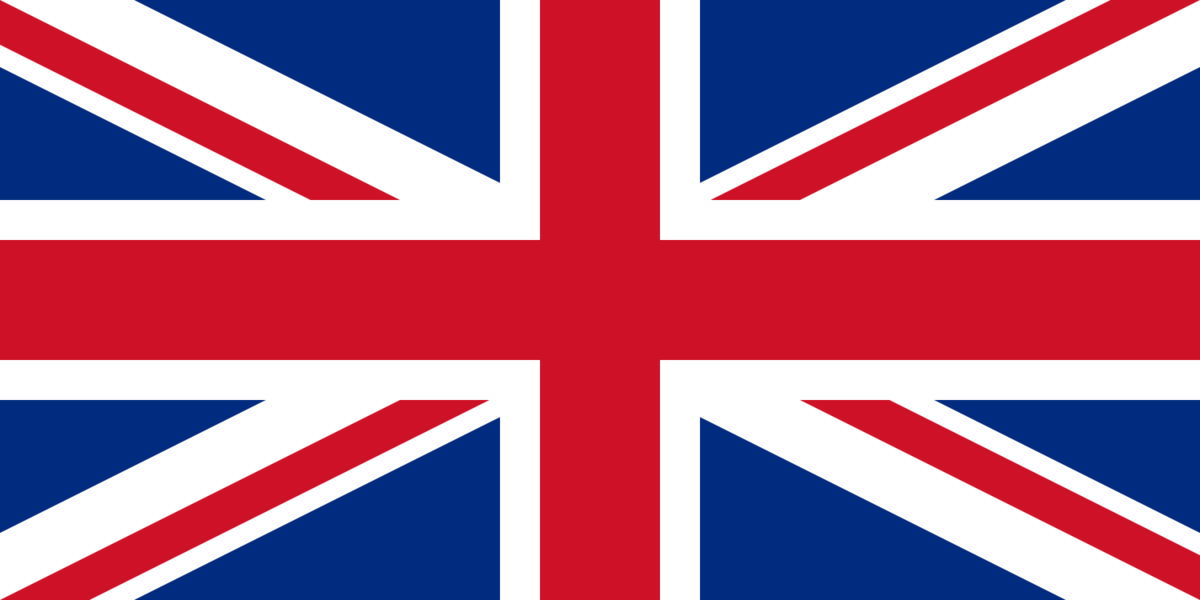The nose is the basic structure that is the starting point of the respiratory tract and ensures healthy breathing.
All of the bone and cartilage structures that serve as a wall between the two wall holes of the nose, which is located at the focal point of the face, and form the midline of the nose are called "nasal septum". If the nasal septum has a curvature of any nature or is not positioned correctly, healthy breathing cannot be realized. Breathing has an important and vital place for the health of the whole body. Therefore, breathing problems that occur in cases of nasal septum deviation do not only cause complaints about breathing, but also have damaging effects on the health of the whole body and negatively affect people's lives.
What is Septum Deviation?
Due to the anatomical structure of the nose, the nasal midline, called the nasal septum, must be positioned in a certain way so that the breathing function can be performed in a healthy and correct way. However, for reasons such as genetics or subsequent traumas, the nasal septum, which is the cartilage and bone structure that forms the midline of the nose, cannot be positioned correctly or may be curved. The condition in which the bone and cartilage tissue formed by the nasal septum in the midline of the nose makes it difficult for the person to breathe through the nose is called deviated septum.
Deviated septum is a condition in which the bone and cartilage structure in the nose is not placed correctly or curved, making it difficult to breathe in and out, and in some cases even impossible to breathe with the complete closure of the nostrils.
Deviated septum is usually caused by physical trauma (bumps, falls, etc.), but in some cases it can occur during the process in the womb or due to genetic reasons.
What Causes Septum Deviation?
The middle wall of the nose, along with other structures in the nose, begins to develop from the mother's womb and the cartilage-bone development in the nose continues until the age of 18. Until the nasal cartilage development is completed, blows to this area, traumas caused by blows or congenital problems related to the anatomical structure of the nose can cause septum deviation.
If we list these reasons;
- Having a hereditary nasal arch
- Hereditary asymmetry in the nose or nostrils
- Bone slippage as a result of blows to the nasal area and nasal deformities due to traumas
Which Problems Occur?
Nasal congestion, which is the most prominent symptom of deviated septum, causes breathing difficulties. In some people with mild septum deviation, symptoms occur during colds.We can list the health problems caused by deviated septum as follows;
- Unilateral or bilateral nasal congestion
- Snoring or sleep apnea
- Eustachian tube obstruction
- Fluid accumulation in the ear
- Nasal discharge
- Headache
- Recurrent nosebleeds
- Recurrent or prolonged pharyngitis, sinusitis, bronchitis diseases
How is Deviated Septum Diagnosed?
Nasal breathing can be objectively determined by performing rhinomanometric measurements, and the volume and stenosis of all nasal passages can be determined by acoustic rhinometry.
The diagnosis of deviated septum can be made with a detailed endoscopic examination of the nasal region.
How is Deviated Septum Treated?
The curvature of the nasal septum, which should be thin and straight due to its normal structure, can make breathing difficult or impossible. Surgical intervention is performed if the curvature of the septum is curved or incorrectly positioned to cause nasal congestion. Surgeries in which the curvature of the cartilage and bone tissue in the midline of the nose is corrected are called Septoplasty.
When is surgery necessary?
A healthy nose starts to expand from the back part of the stenosis in the front entrance hole. At this point, if there is any problem in the nasal tunnel from the entrance to the exit, problems with breathing, which is our basic life function, occur. The most common cause of this condition, which causes obstruction of air passage through the nasal tunnel, is the protrusion and hump formed by the middle wall of the nose. This protrusion and hump occurs in the structure called the septum, which consists of cartilage and bone that divides the nasal cavity into two.
The purpose of the septum is to divide the nasal cavity into two equal structures and to ensure that the respiratory process is carried out systematically from these two air channels. Curvatures that occur in this systematic and functional structure of the septum for various reasons are called deviated septum. In deviated septum, a congestion condition occurs as a result of the middle wall of the nose shifting from the midline. Deviated septum is also known as nasal bone curvature.Deviated septum causes disruption of the balance of the air spaces that perform systematic and alternating functions in the nose, thus causing various respiratory problems.
Septum Deviation Surgery
Bone and cartilage tissues that are observed to be curved or incorrectly positioned due to various reasons can be rearranged with septoplasty surgery. During septoplasty surgery, basically, the bone tissues that interfere with breathing or make breathing difficult in the nose are removed and the existing cartilage tissues are rearranged and positioned appropriately.
In deviated septum surgery, the septum is usually accessed through an incision in the nose. With the septum deviation procedure, the part of the septum that causes nasal obstruction can be removed or this part can be corrected and positioned correctly. No method applied during deviated septum surgery affects the external appearance of the nose.
In cases where the curvature of the nose is not only related to the internal structures, but there is also a bone curvature from the outside, the operation called 'open technique', which is applied by peeling the skin of the nose, can be performed.
After the deviated septum, the incision is closed with sutures. It may be necessary to remove the stitches 1 week after septum deviation in which self-melting stitches can be used.
In Which Cases Is Surgery Necessary?
Deviated septum is observed in approximately 70-80% of the population on average. A mild septal deviation in a person may not be noticed because it does not affect the person's life much. However, if the deviation of the septum is advanced or present in several areas (for example, S-shaped deviation), it can affect the normal life of the person and cause serious health problems with respiratory problems.
Loss of comfort and effort; people with deviated septum breathe through the mouth, especially during night sleep, and accordingly experience dry mouth. This situation actually means that the basic function of the nose, which is to clean the air and balance it according to body temperature, cannot be realized. Consequently, the lungs are supplied with air from the mouth, which causes the lungs to exert more effort to breathe.
Loss of performance and health problems; respiration is the main function in the body for the uptake of oxygen, which ensures the healthy functioning of the whole system. Healthy breathing is the key to a healthy functioning of the body system. Accordingly, a deviated septum can cause symptoms such as general fatigue and persistent headaches. General fatigue and persistent headaches make loss of performance inevitable.
What Should Be Considered After Surgery?
- In order to prevent any trauma to the nose after the surgery, care should be taken against impacts to the nose.
- Care should be taken not to blow your nose for the first week. Light blowing can be started 1 week after the operation.
- Care should be taken not to hold the sneeze and sneeze with the mouth open.
- The feeling of swelling and fullness in the nose decreases within a few weeks after surgery.
- Depending on the healing of the surgical site, crusting may occur in the nose and this may last for 3-6 weeks.
- In order to reduce swelling and fullness, it may be useful to sleep in positions where the head is kept 30 degrees above the heart level instead of lying flat in the first week after surgery.
- In the first week after surgery, it is beneficial not to take a shower with too hot water and to avoid exercises such as running and swimming for a while.





